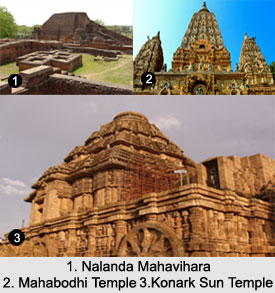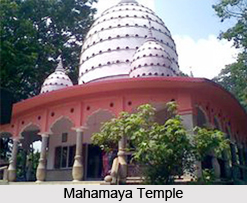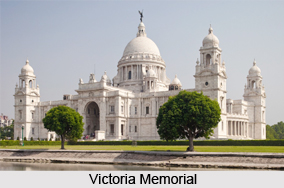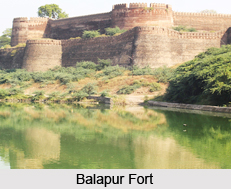 World Heritage Monuments in East India lies in the fact that they truly represent a multicultural India. The religious monuments of East India belong to different sects: Buddhists, Hindus and even Jains. Regions like Bihar, Darjeeling, Odisha and others are popular for the UNESCO World Heritage Sites in East India. The antiquity, spirituality and mysticism of these sites attract tourists from all over the world.
World Heritage Monuments in East India lies in the fact that they truly represent a multicultural India. The religious monuments of East India belong to different sects: Buddhists, Hindus and even Jains. Regions like Bihar, Darjeeling, Odisha and others are popular for the UNESCO World Heritage Sites in East India. The antiquity, spirituality and mysticism of these sites attract tourists from all over the world.
Different World Heritage Monuments of East India
Following are the World Heritage Monuments in East India which are world famous:
Nalanda Mahavihara: This is the second world heritage site recognised by UNESCO in Bihar. Nalanda Archaeological Site in Bihar was a hub of learning and a Buddhist monastery from 3rd century BCE to the 13th century CE. Lord Vardhamana Mahavir and Lord Buddha frequently visited it in the 6th century BC. Lord Buddha found this place prosperous, swelling and teeming with population. Recognized for its formalised Vedic learning, scholars from as far as Tibet, China, Korea and Central Asia once attended this first inhabited university of the World.
Mahabodhi Temple Complex at Bodh Gaya: It is one of the UNESCO World Heritage sites in India. It"s a significant spiritual centre for the Buddhists as this was the place where Mahatma Buddha attained illumination. The holy Bodhi Tree is the site where Siddhartha gained Enlightenment and became Gautam Buddha. It"s an important religious centre for the Buddhists as this was the place where Mahatma Buddha attained enlightenment. The holy Bodhi Tree is the site where Siddhartha gained Enlightenment and became Gautam Buddha.
The Konark Sun Temple: It is one of India`s most famed Brahman shelter; a site of UNESCO World Heritage and also is one of India`s most astounding temples. The temple at Konark is a colossal symbol of the Sun God. The temple at Konark is a monumental representation of the sun god Surya`s chariot; its 24 wheels are decorated with figurative designs and it is led by a team of 6 horses. It was built by King Narasimhadeva I of the Eastern Ganga Dynasty in around AD 1250. The Sun Temple at Konark is a 13th century temple located in Konark, Odisha.




